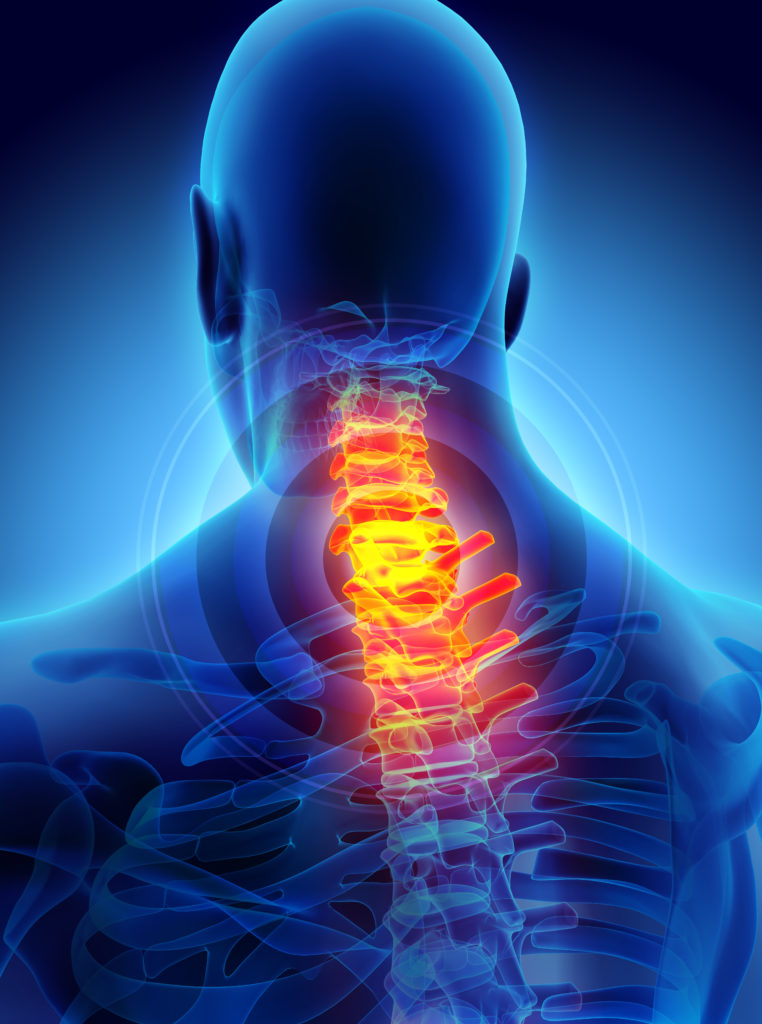
The brain is a complex organ composed of multiple specialized areas, all of which work together to control everything from breathing and sleeping to physical movements and emotion. An injury to any part of the brain can have devastating repercussions, disrupting the operation of these systems. Injuries to certain areas, however, including the brain stem, tend to have the most devastating consequences for victims. Unfortunately, brain stem injuries are relatively common injuries amongst accident victims, especially those who suffered some sort of blunt force impact.
What is the Brain Stem?
The brain is divided into three major parts: the forebrain, the midbrain, and the hindbrain. The hindbrain includes the upper spinal cord, the cerebellum, and perhaps most importantly, the brain stem. Located at the back of the skull, the brain stem connects the brain to the spinal cord and so is responsible for controlling the body’s vital functions, including:
- Voluntary and involuntary movement;
- Breathing;
- Swallowing;
- Digestion;
- Body temperature;
- Heartbeat;
- Conscious awareness; and
- Regulating the circulatory system.
Any damage to the brain stem can affect these functions, sometimes permanently, leaving victims with the need for assistance with everyday tasks, including eating and even breathing for the rest of their lives.
Brain Stem Injury Effects and Symptoms
When the brain stem suffers a blunt force impact, the trauma can cause swelling that forces the brain stem against the inside of the skull. Alternatively, an injury could actually tear the cells in the brain stem, damaging them permanently. As with any other type of brain injury, victims who sustain brain stem damage can experience one or multiple symptoms depending on the severity and location of the injury. With brain stem injuries, symptoms tend to appear mild at first and then worsen over time. The most common include:
- Dizziness;
- A lack of coordination and problems with balance;
- Unconsciousness;
- Blurred vision;
- Slurred speech;
- Nausea or vomiting; and
- Unexplained coughing and problems swallowing.
On the more severe end of the spectrum, brain stem injury victims could also experience difficulty breathing, insomnia, paralysis, an altered heart rate, reduced motor functions, repetitive eye-jerk movements, and a loss of smell. Alarmingly, with brain stem injuries, these symptoms can worsen as time goes on, sometimes becoming permanent.
Treating Brain Stem Injuries
Treatment for brain stem injuries typically occurs in two phases. The first involves addressing immediate concerns around the initial injury, like surgically relieving pressure in the brain. Once the brain has been stabilized, the injured party can start to participate in rehabilitation, which involves addressing the secondary effects of the injury. The symptoms of a brain stem injury occur when the nerve cells in the brain stem are damaged. While damaged nerve cells can’t be repaired, the brain is capable of rewiring itself, allowing healthy cells to take on new functions. This process is known as neuroplasticity and it allows the brain to re-learn lost functions. However, neuroplasticity requires rehabilitation to be effective. This includes engaging in various therapies to stimulate the brain, as well as the repetition of specific tasks. Rehabilitation after a brain stem injury often requires:
- Speech therapy to help relearn swallowing, as well as language and cognitive issues;
- Physical therapy to help reactivate motors skills; and
- Occupational therapy to help victims rebuild their physical strength and movement patterns.
Unfortunately, these therapies can be extremely expensive, which can be particularly frustrating for those whose injuries were the result of someone else’s negligence. It is, however, possible to recoup compensation for these losses by filing a personal injury claim against the at-fault party who caused the accident. Feel free to reach out to our legal team to learn more about this process.
Available 24 Hours a Day
In Florida, accident victims whose injuries qualify as serious can often step outside of the no-fault auto insurance system and file a lawsuit directly against the at-fault party who caused the accident. Many brain injuries, including damage to the brain stem, often satisfy this standard, as they result in devastating side effects, some of which end up being permanent. This means that brain stem accident victims can often seek compensation via a personal injury claim. Filing this type of claim can, however, be complicated, requiring compliance with a host of strict rules and filing deadlines. Fortunately, you don’t need to go through this process on your own, but can seek the help of one of the experienced Miami brain injury lawyers at Dolan Dobrinsky Rosenblum Bluestein today. Call us at 305-371-2692 or send us an online message to learn more.